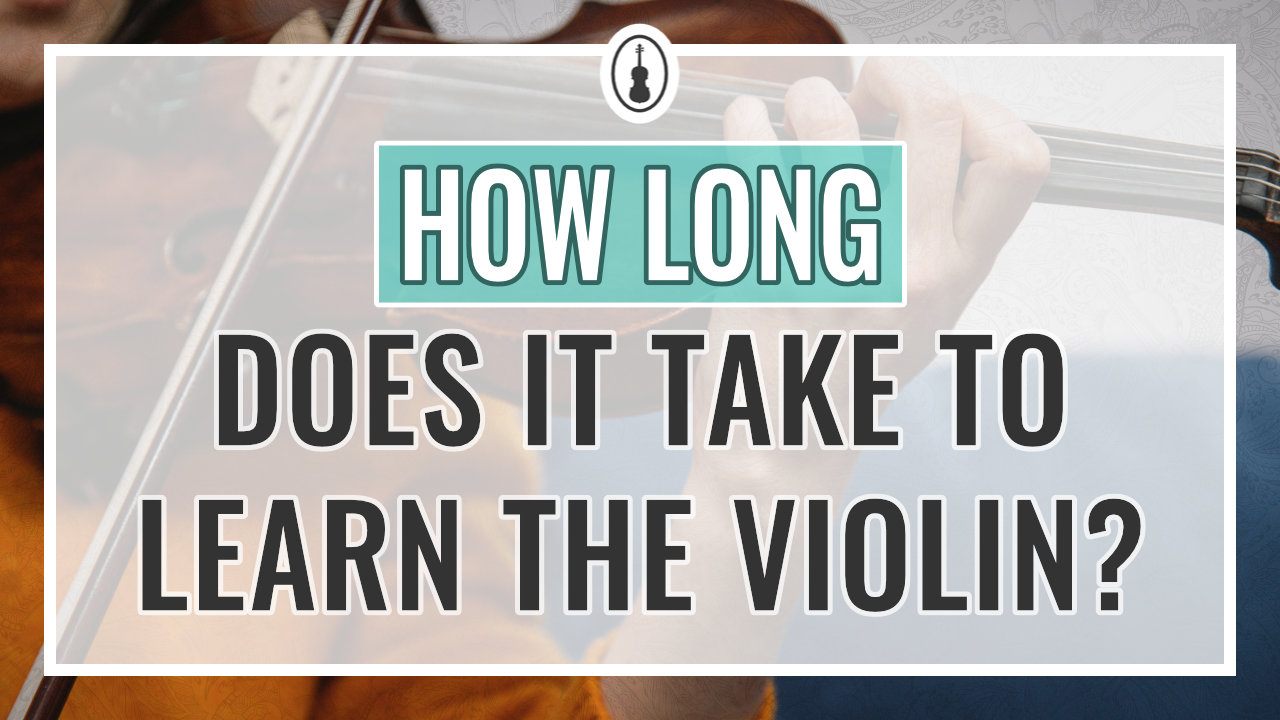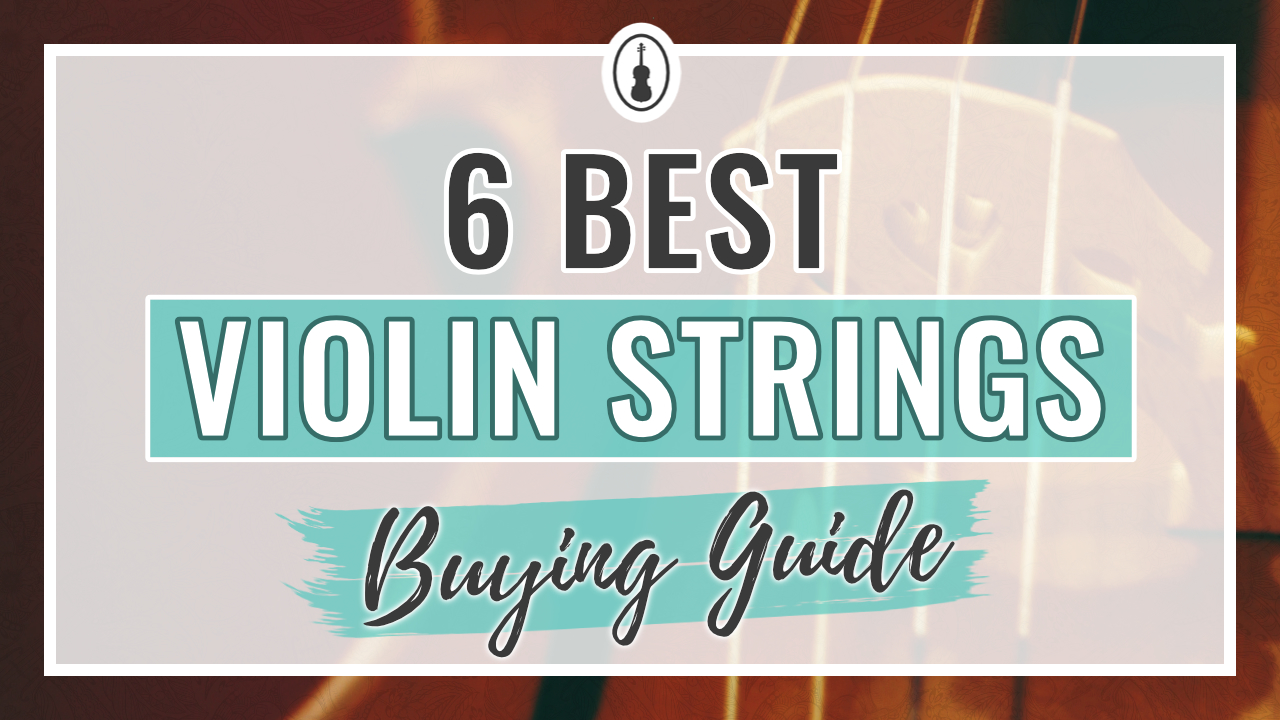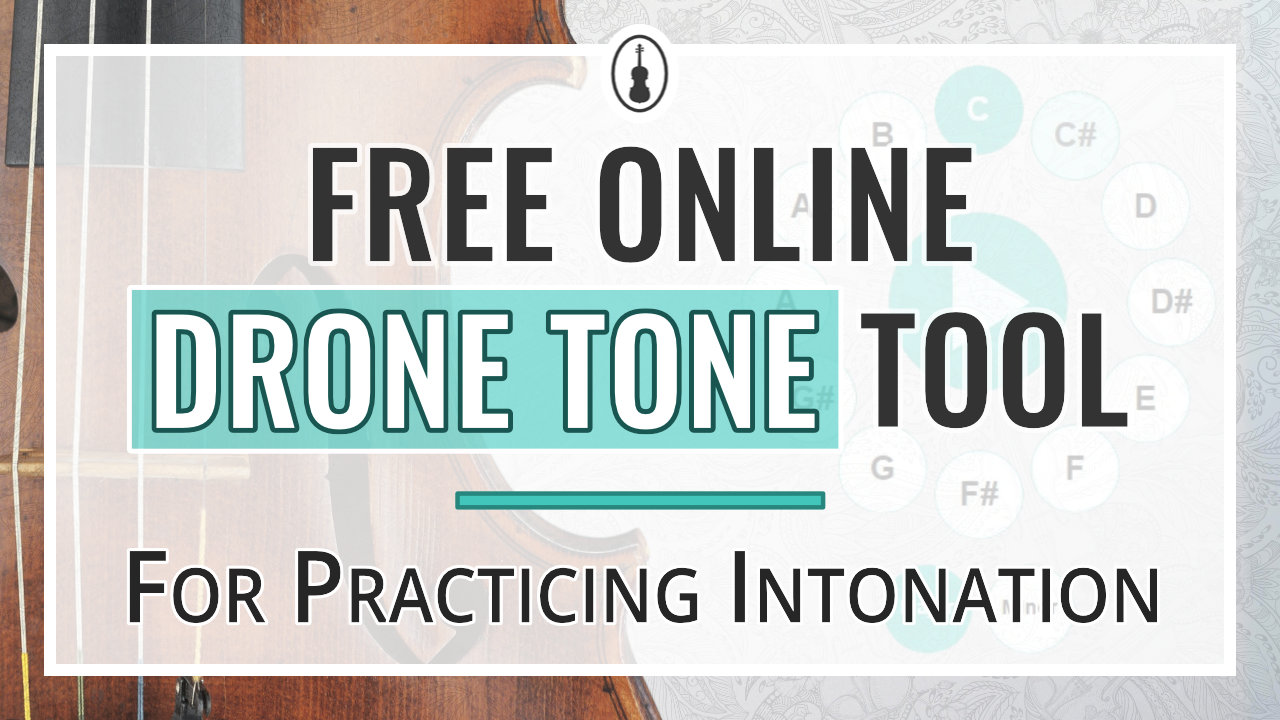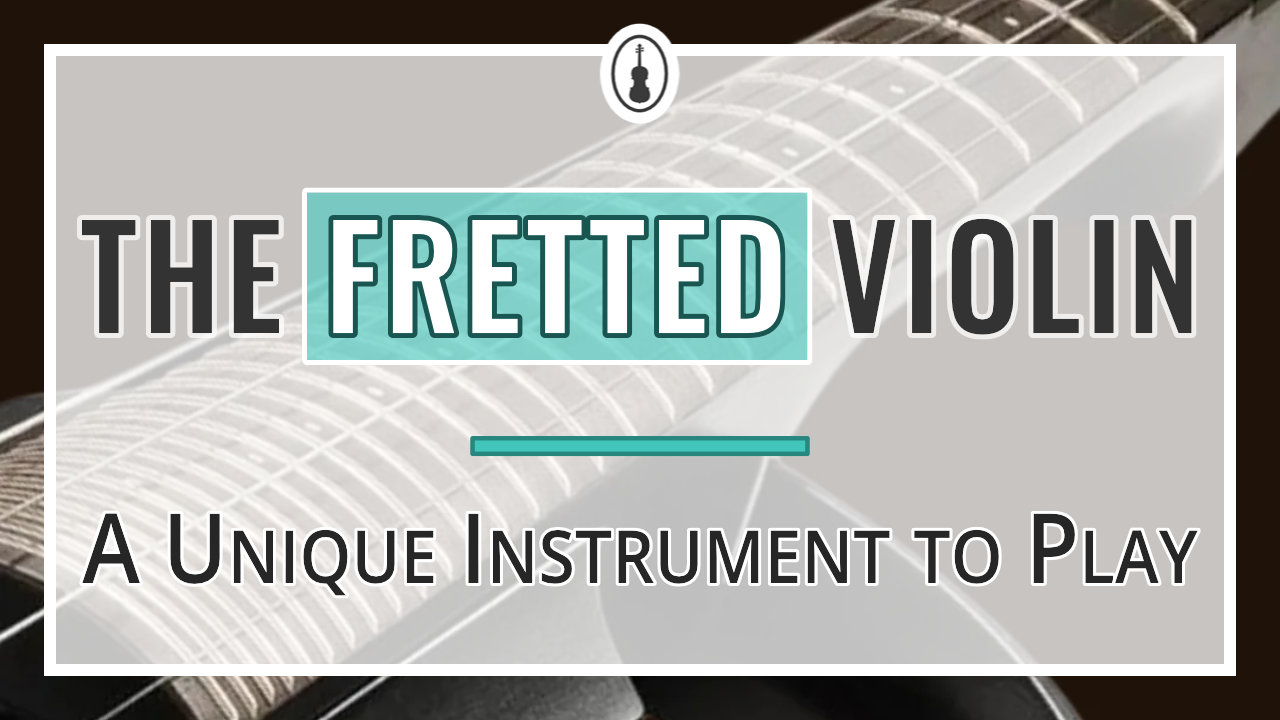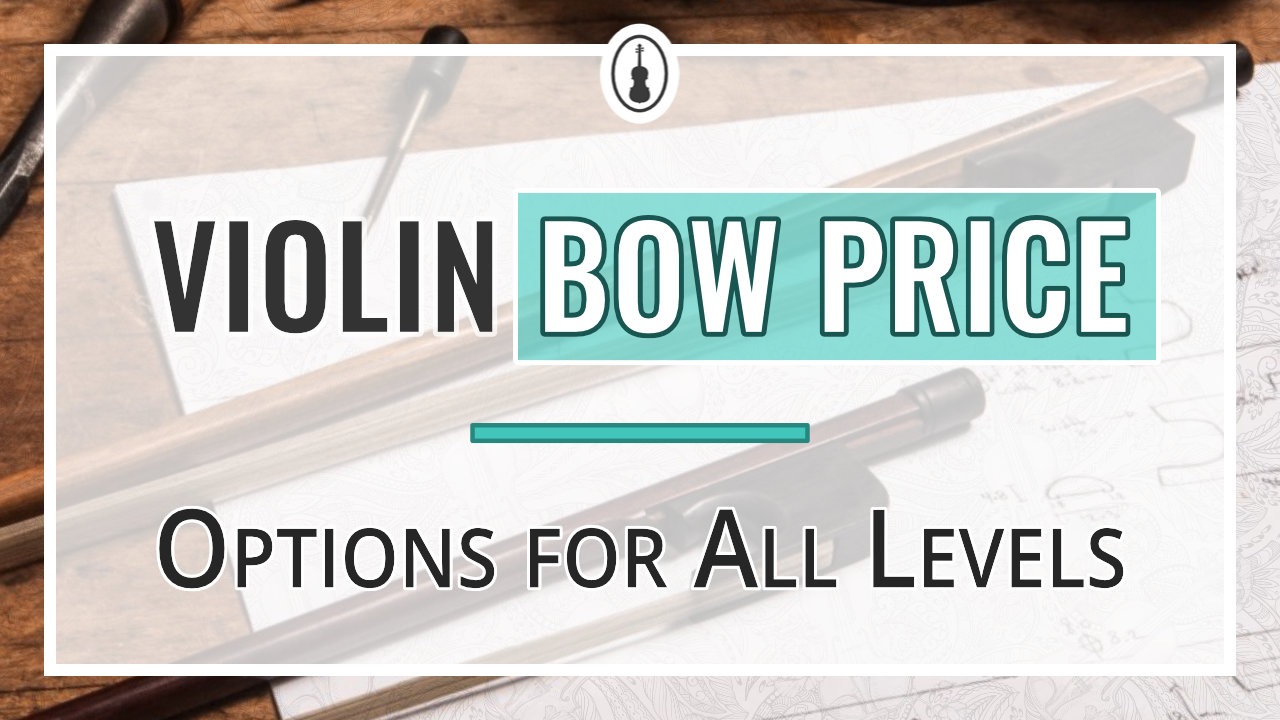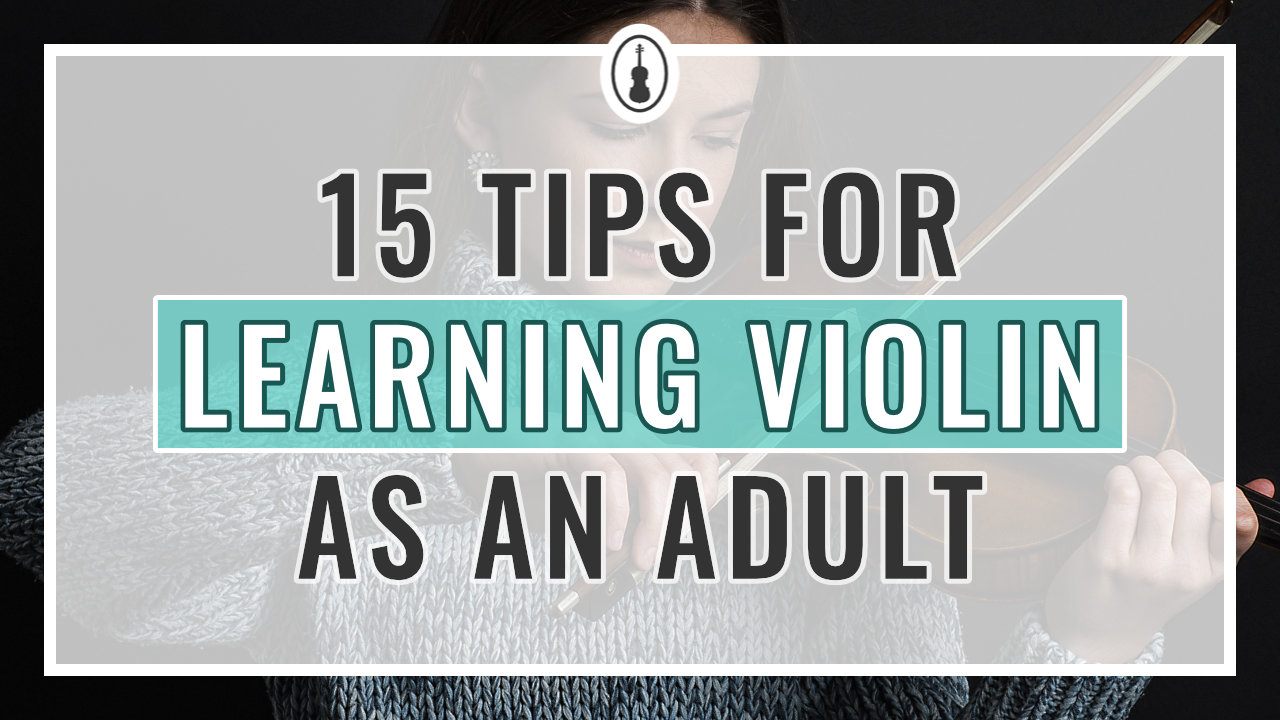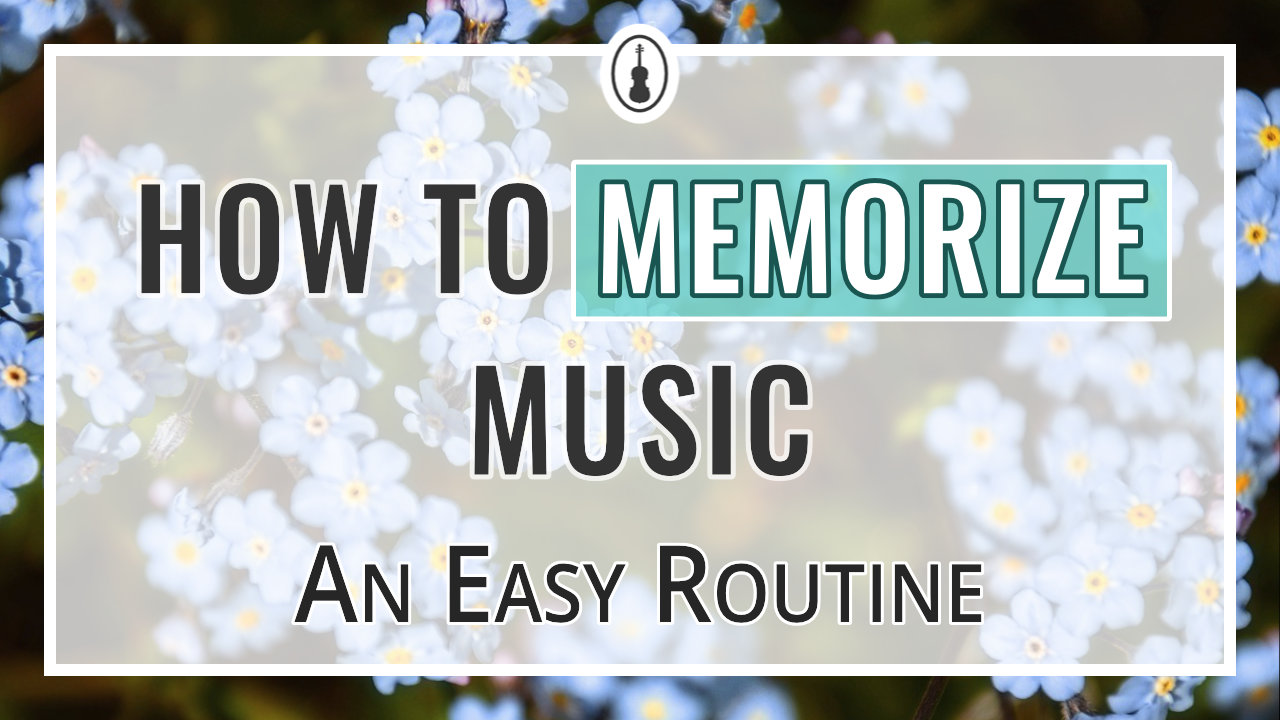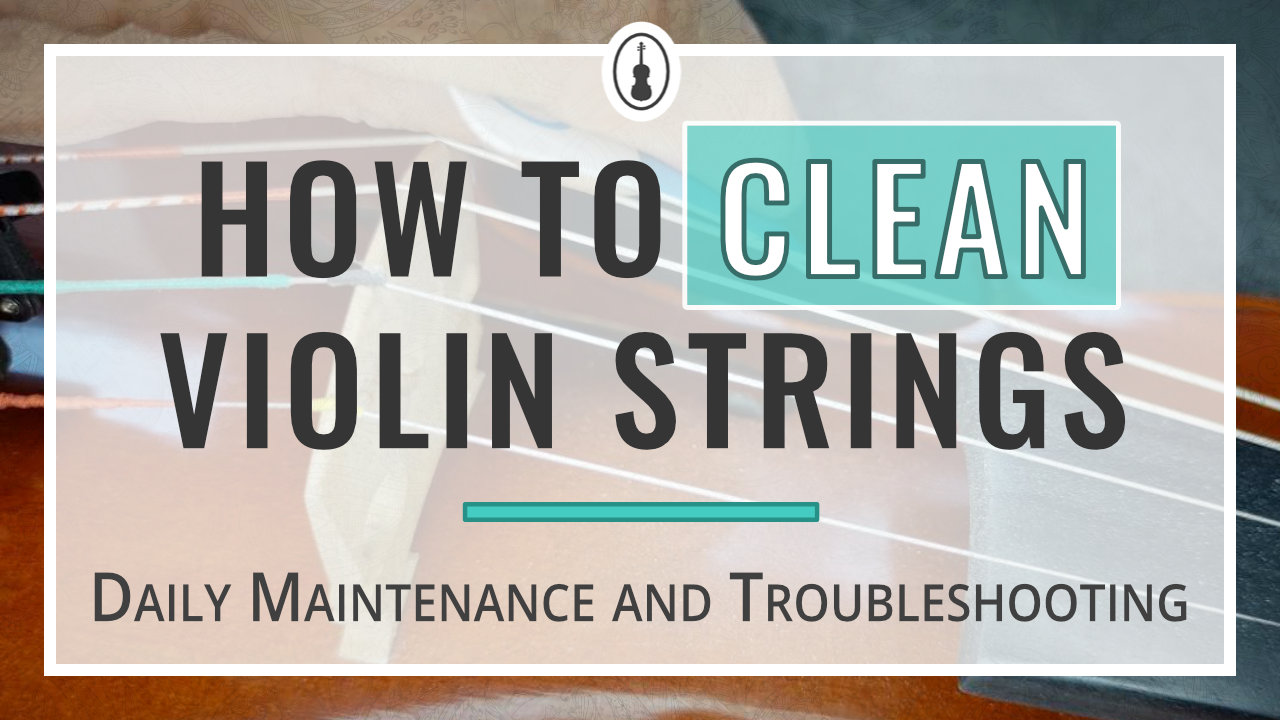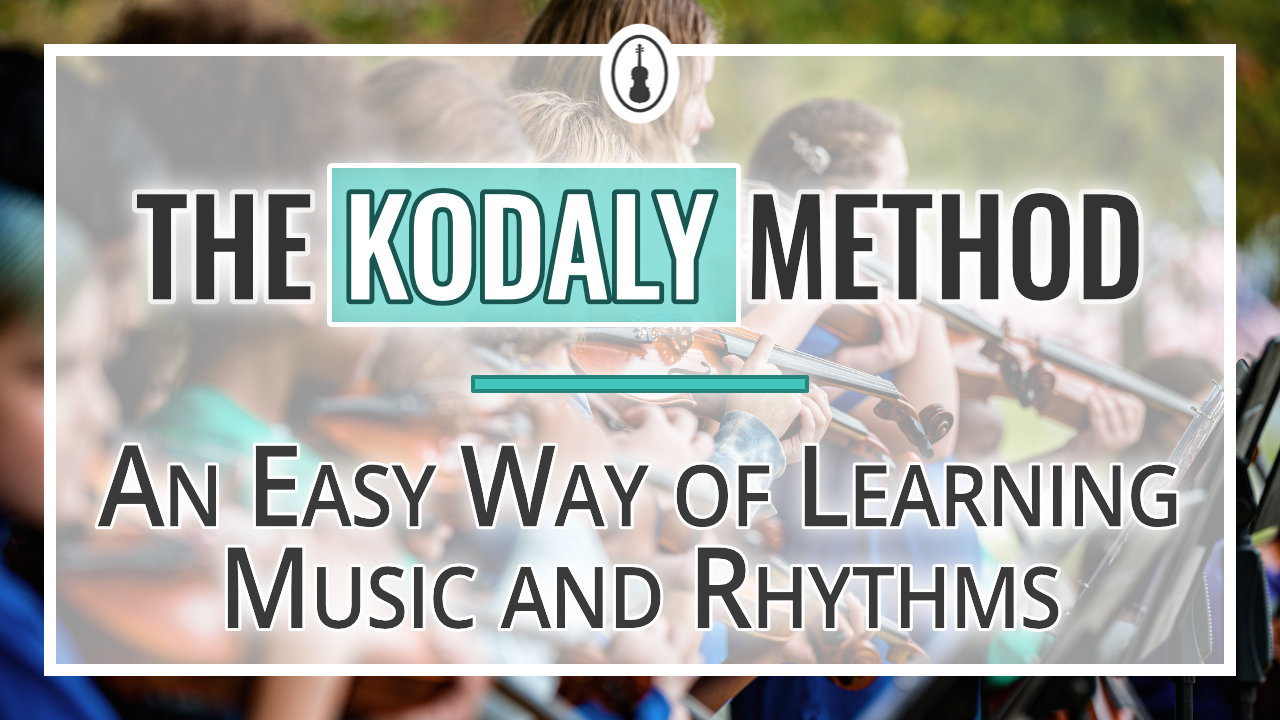
Viola vs. violin: differences and similarities that you should know
The differences between a violin and a viola come down to size of the instrument, bow, strings, sound and tone, and the clef used in sheet music. Moreover, within the same quality range viola will be more expensive than violin.
There are four instruments in the bowed string family: violin, viola, cello, and double bass. While you can usually tell apart the latter two, as the double bass is bigger than the cello, violin and viola look similar. But what are the differences between violin and viola and are they significant? And which of the two instruments should you choose?
Viola vs Violin: A Quick Introduction to the Viola
Since I cover violin-related topics on this website, let me tell you some basic things about the viola.
The viola is the second highest-pitched instrument of the bowed string family, after the violin. It plays a key role in orchestral and chamber music, bridging the high-pitched melodies of the violin with the low-pitched cello. That’s why it normally fills harmonies.
While there are some solo compositions for the viola in the Baroque and Classical eras, it is modern-day composers that use the instrument more prominently. It is sometimes used in popular music too, in groups like The Velvet Underground.
Violin vs Viola: 5 Basic Differences
Having the introduction in mind, let’s have a look at the five differences between violin and viola.
Size
The violin is a bit smaller than the viola. A typical full-size violin is about 36 cm (14 inches) while a full-size viola is around 40 cm (about 16 inches). Even though this size might vary, it is no smaller than 38cm. Therefore, it is still bigger than the violin. Also, the body of the instrument is wider and deeper.
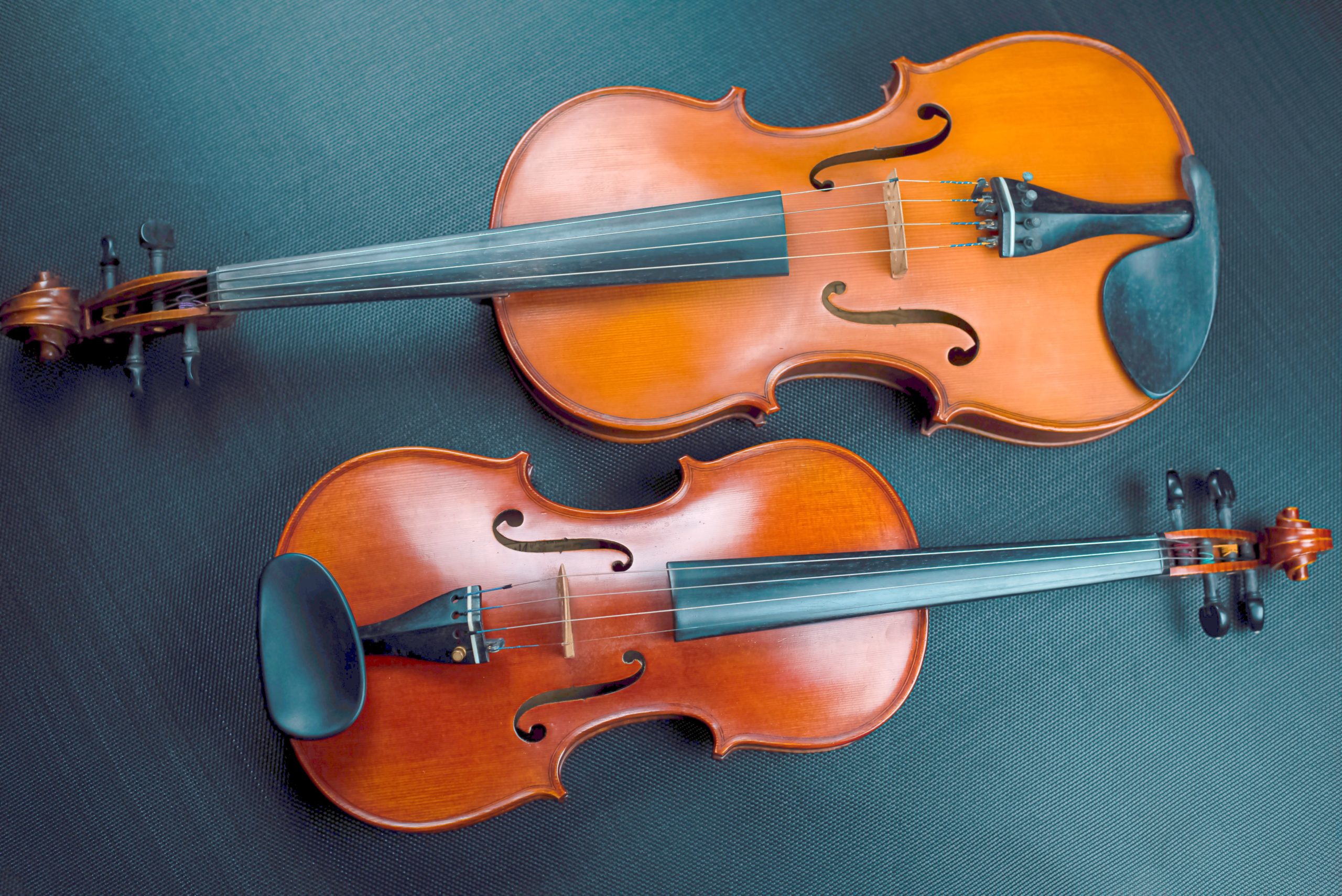
The size is one of the first differences to spot when looking at both instruments, though not that easy from a distance as the difference is not great. While this might not seem much, it makes quite the difference in sound tone. So, for the viola to be able to play the lower frequencies it needs this extra size.
Bow
The violin and the viola use different bows. The violin bow is longer and slimmer and weighs about 10 grams less than the viola’s bow. This is because the strings of the viola are heavier. So, you need a heavier bow to produce a clear sound in the lower frequencies.
A little hard to see is the difference in the bow’s frog which is chunkier and often curved compared to the straight edge on a violin bow. This has to do with how you hold the bow in each instrument to create the different sound that is needed. Those might seem slight differences but for an experienced player, they make a stark difference.
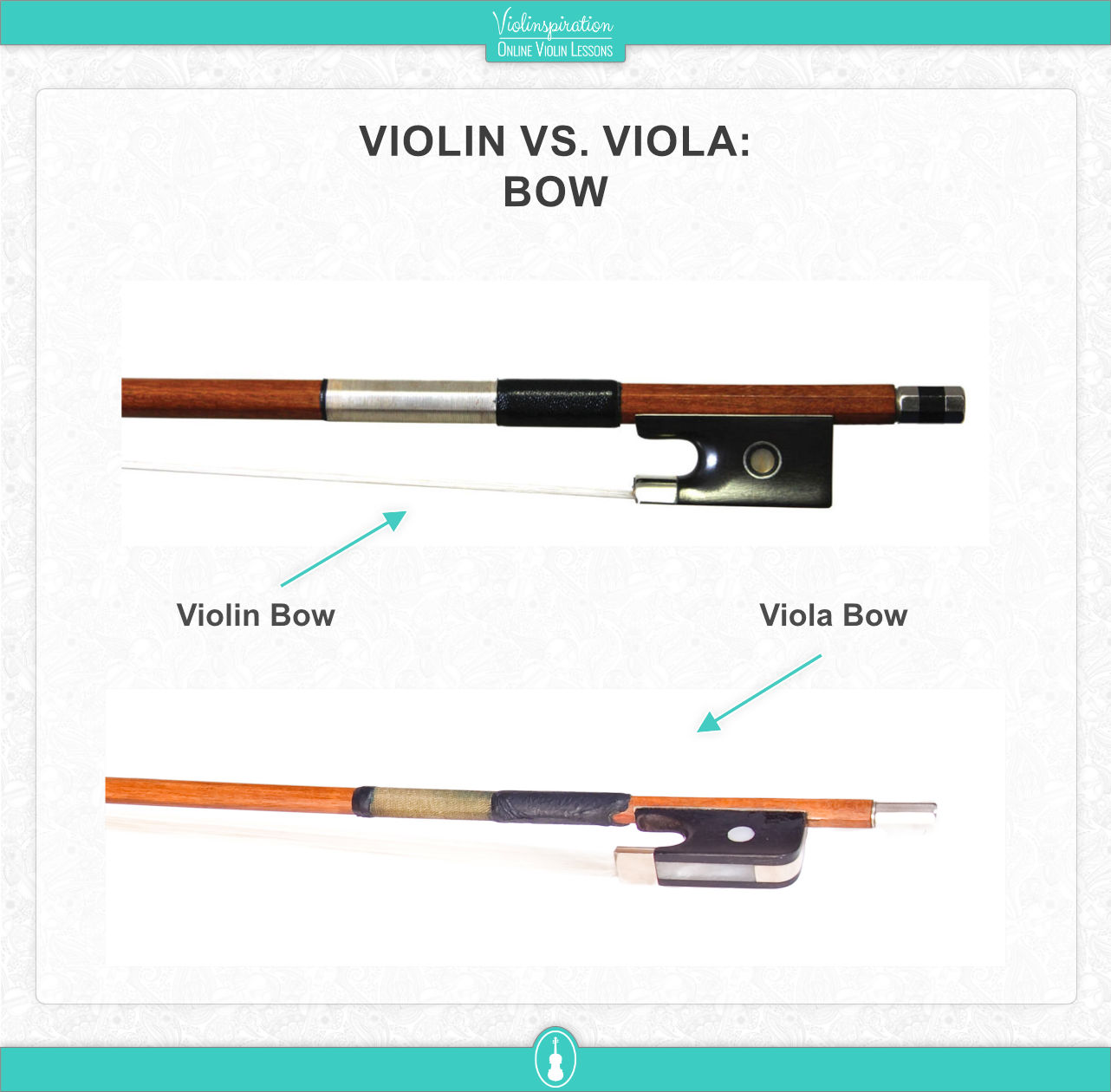
Strings
While there are five-stringed violins and violas, let’s talk about standard four-stringed instruments.
The violin strings are G – D – A – E, starting from the lowest one. The viola is tuned in fifths just like the violin, but instead of having the high E, it has a low C, which is one octave below the middle C. Moreover, viola strings are a bit thicker than violin strings.

That leads us to the most notable difference: the sound.
Sound and Tone
The violin produces high-pitched clear notes and for that reason, it is a prominent solo or melody instrument. The viola produces lower notes, but not as low as the cello, and the tone is mellower. That makes the viola a perfect balancer between the string instrument family.
While all the previous differences might look minor, you can tell the difference between a violin and a viola when you hear them, even if they play in unison. The sound color they produce is distinct from one another, which you can observe yourself watching the video below.
Treble vs. Alto Clef
A major difference is a clef that each instrument is using.
Since the violin is the highest instrument in the bowed string instrument family, the violin would be the “soprano voice” if those four instruments were a choir. That means it is played only in the treble clef, or G clef. The viola on the other hand is the only instrument that is using the alto clef or C clef.
However, sometimes it might use the treble clef for high notes. So, it is not unusual for violists to read both clefs.
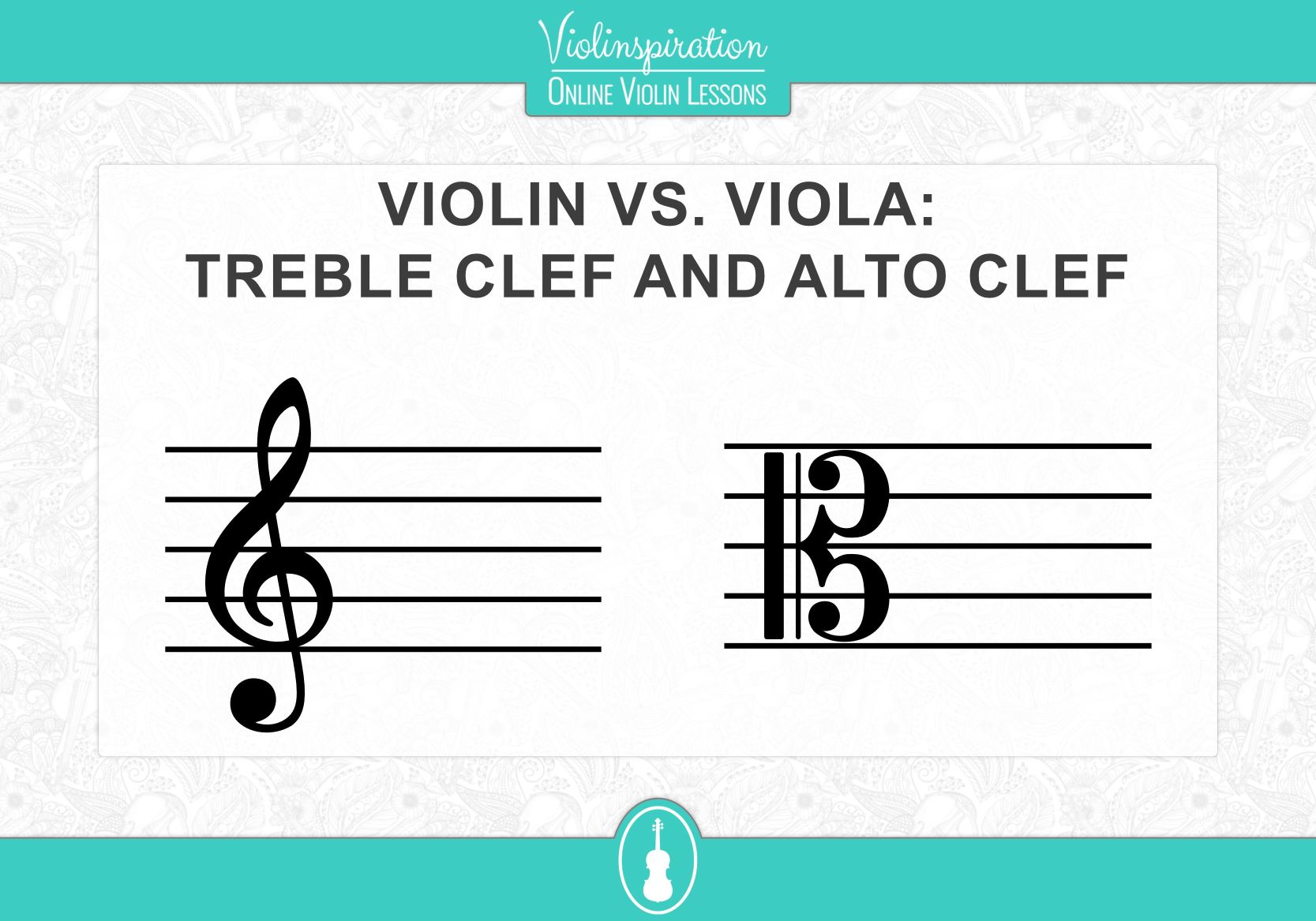
Viola vs Violin: Frequently Asked Questions
Let’s have a look at the most common questions about viola and violin.
Which is Easier to Play: Violin or Viola?
That depends on your skills and what you might find easier. Often violinists try to find work as violists and one of the reasons is that the viola parts in ensembles are usually easier than the violin parts, which have the most solos or get to play the melody line. However, studying the viola is as hard as any other instrument. Its solo repertoire, while not as massive, is maybe as hard as the violin.
It might seem to many violinists that viola is easier, which is why you can hear a lot of viola jokes in music circles, but this is a misconception. Any instrument has its difficulties and all should be respected for its role and what it can offer.
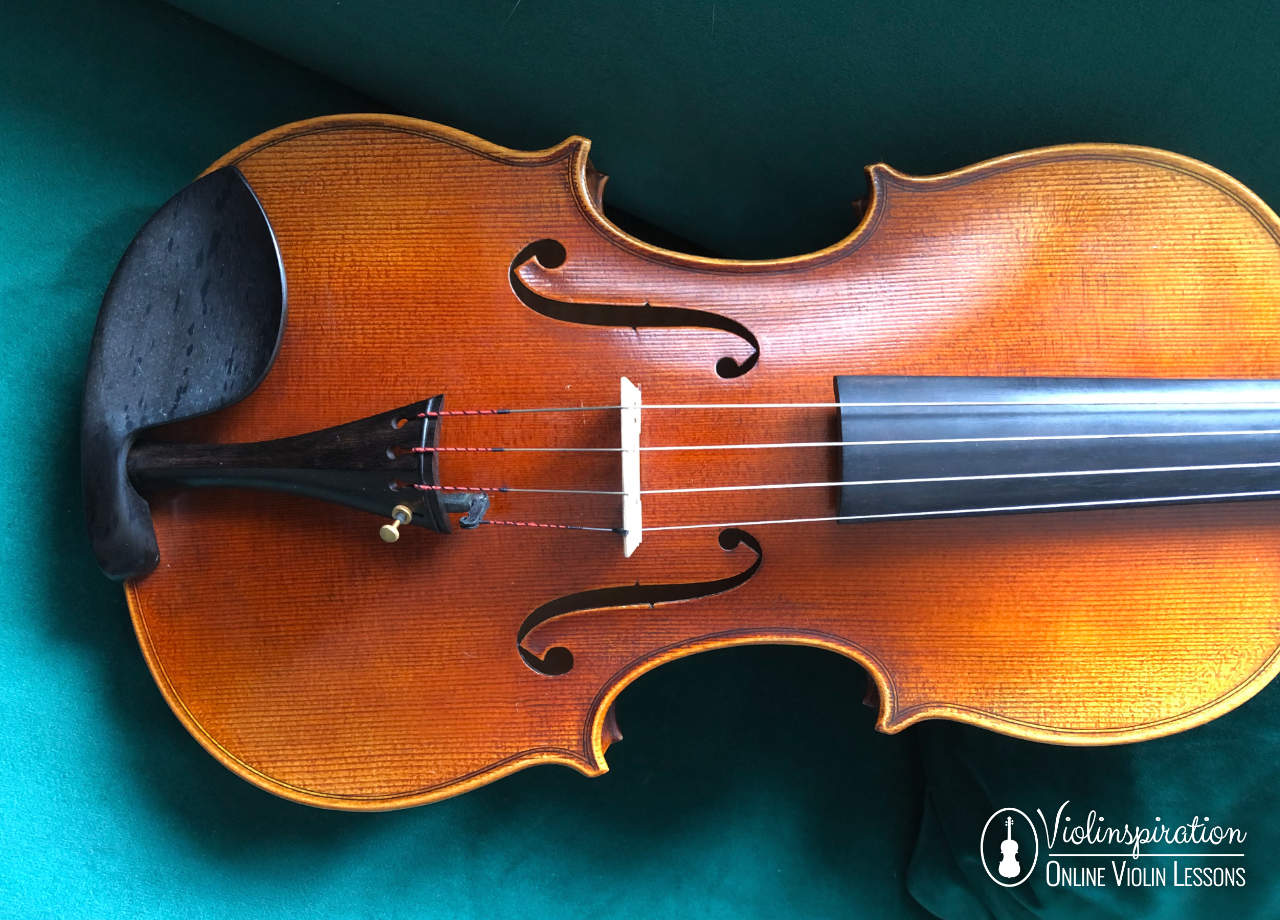
Which is Better: Violin or Viola?
Neither is better than the other. Both instruments have their advantages and disadvantages. If you like fast passages, clear sound, and high-pitched notes, then the violin is better for you. If you prefer slow, dark, and mellow notes, and your fingers are not that slim, then viola is better for you.
In an orchestra, the viola might not be as loud as the violin or other string instruments, but volume is not everything as each instrument has its uses. Both instruments are needed to create a beautiful listening experience.
Are Violas More Expensive Than Violins?
Usually, violas are more expensive than violins within the same quality range. Since the viola is larger than the violin, it costs a bit more, though usually not that much more. A slightly more expensive price might be also caused by supply and demand since not as many violas are sold compared to violins.
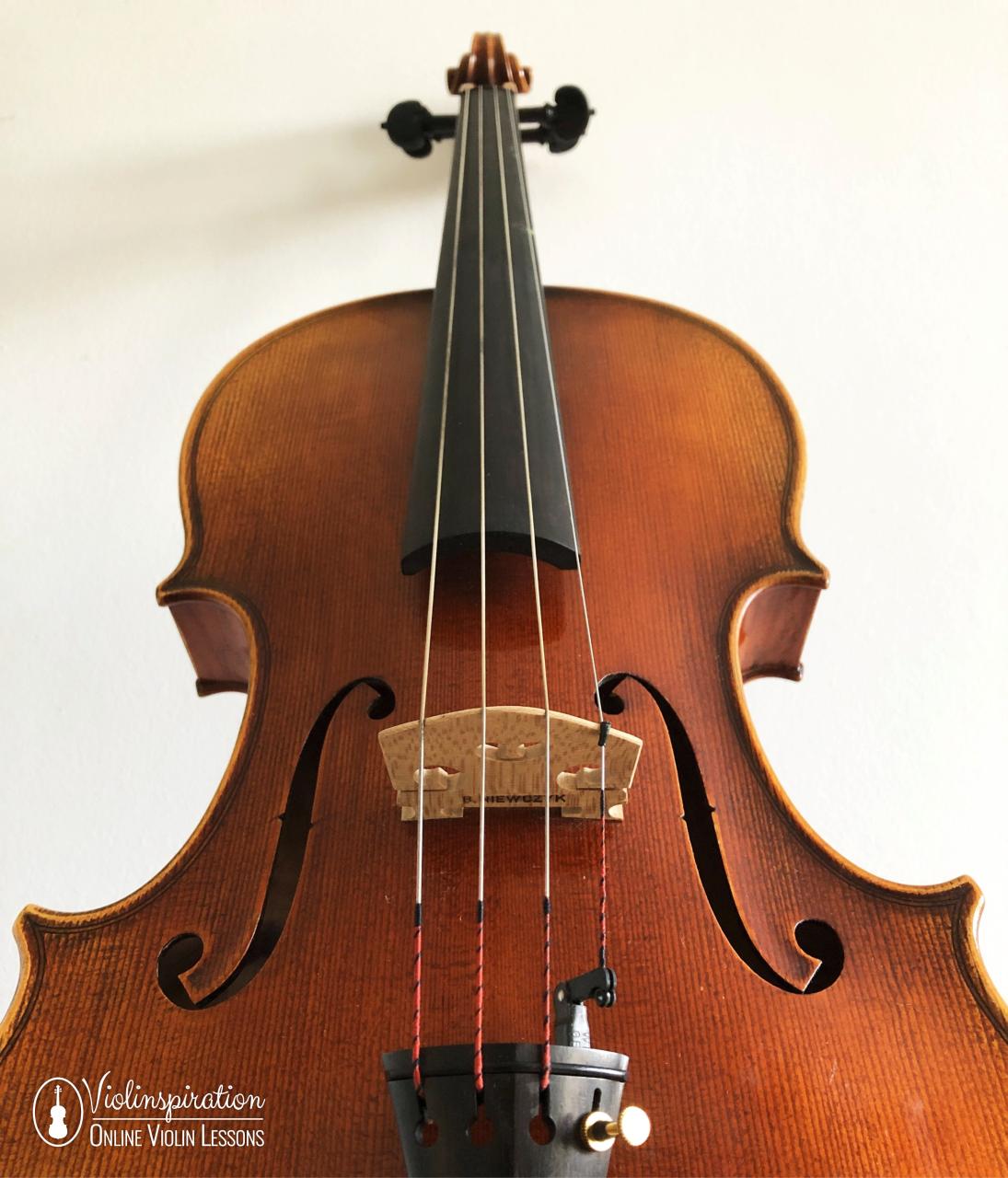
Do Viola and Violin Use the Same Technique?
Yes, viola and violin use the same technique, but with slight differences. If you are familiar with playing the violin, you can play the viola too, to a point. You’ll notice that the bow is not moving the same way and you’ll have to place your left-hand fingers wider. Changing positions feels a bit different too.
Violin and viola use the same mentality but still are different instruments. A violinist will find it easy to play viola but mastering it requires dedication as well as a lot of practice—just as for any instrument.
Is Transitioning From One Instrument to the Other Easy?
The transition from a violin to a viola will be quite easy for violinists. They will have a tough time reading the alto clef though and getting used to the bigger intervals. Also, the bow might tire at first. Violists will find the smaller size of the instrument difficult too. The bow will feel easier to use but the intervals are shorter, making it more challenging especially in higher positions.
The most difficult for both will be to understand how the different instrument works better. It’s not easy going from solos to accompaniment or the other way around.
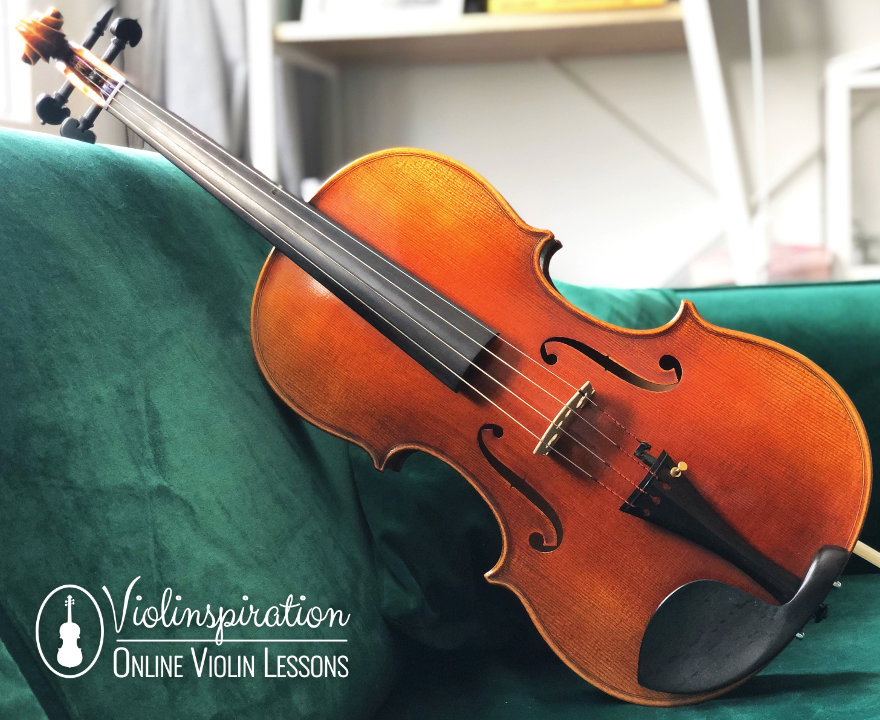
Viola vs Violin, Which Should I Choose?
No one can answer whether you should choose violin or viola, as it’s up to personal taste. Both instruments have their advantages and disadvantages. And of course, no one says you can’t learn both, but I will recommend that you not do so at the same time.
If you like to have a clear sound, be the center of attention, play all the solos, and don’t mind the higher notes, then choose the violin. It’s one of the most beloved instruments and almost all composers have something for you to play. It has a central role in the orchestra and you can work as a soloist too. In the last decade or so it has been used often in popular music, even more than the decade before. You can always buy a 5-string violin, which has a low C, so it will be like having a viola too.
If you prefer adding texture and color, and you prefer to play in the lower range, then viola is for you. It’s a great instrument that many people disregard. In an orchestral setting, you will rarely have a major role, but you will be able to understand and appreciate how every voice counts. Also, there are not as many violists as violinists so less competition might seem interesting for you. Viola’s solo repertoire is very distinct but lacks variety, compared to the violin. It has more uses in popular music than you might think. In contrast, you can get yourself a 5-string viola to have the high E string.
In any case, there is no wrong answer to this question. If you are trying to decide which one to learn, try both out and see what suits you best.
